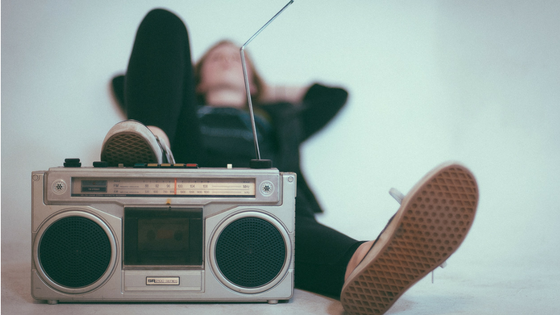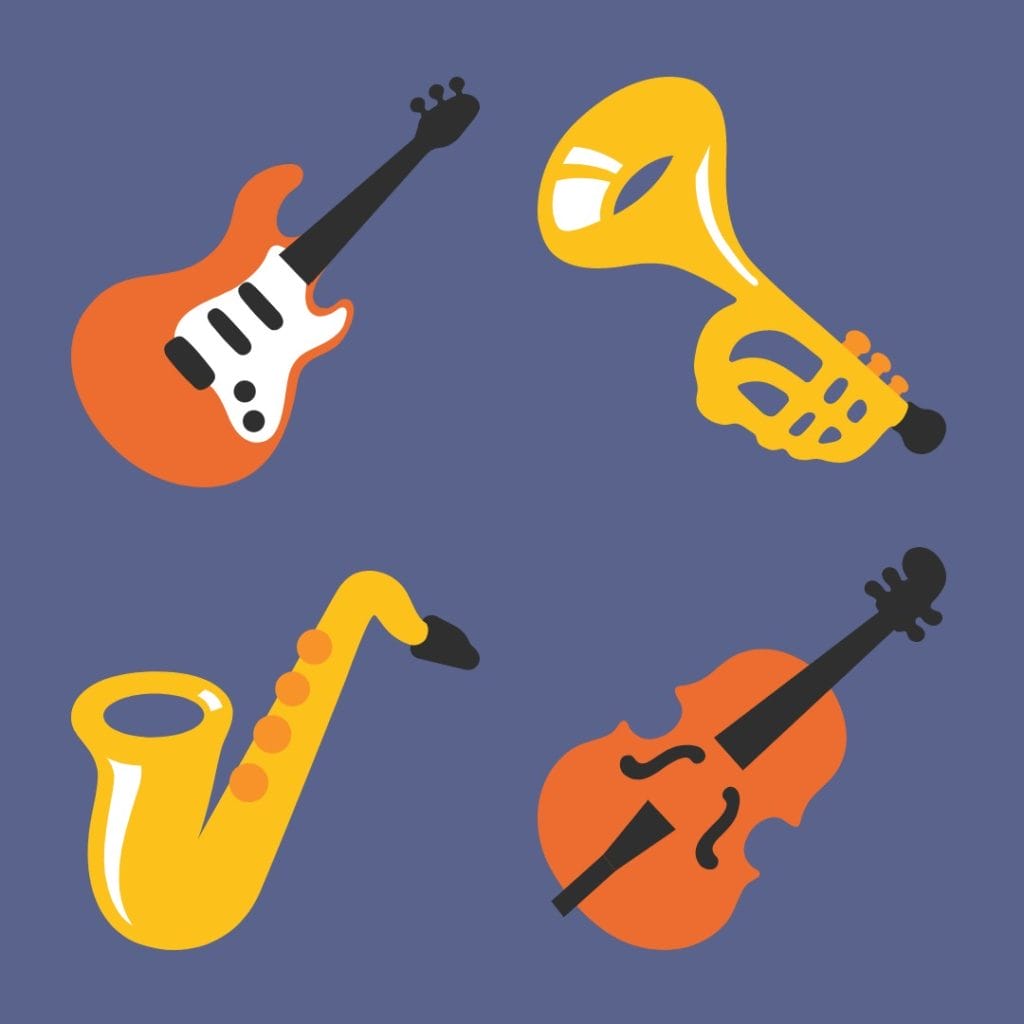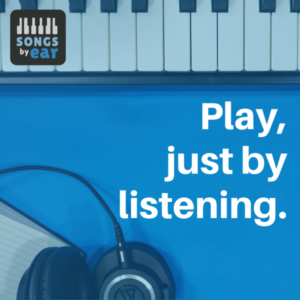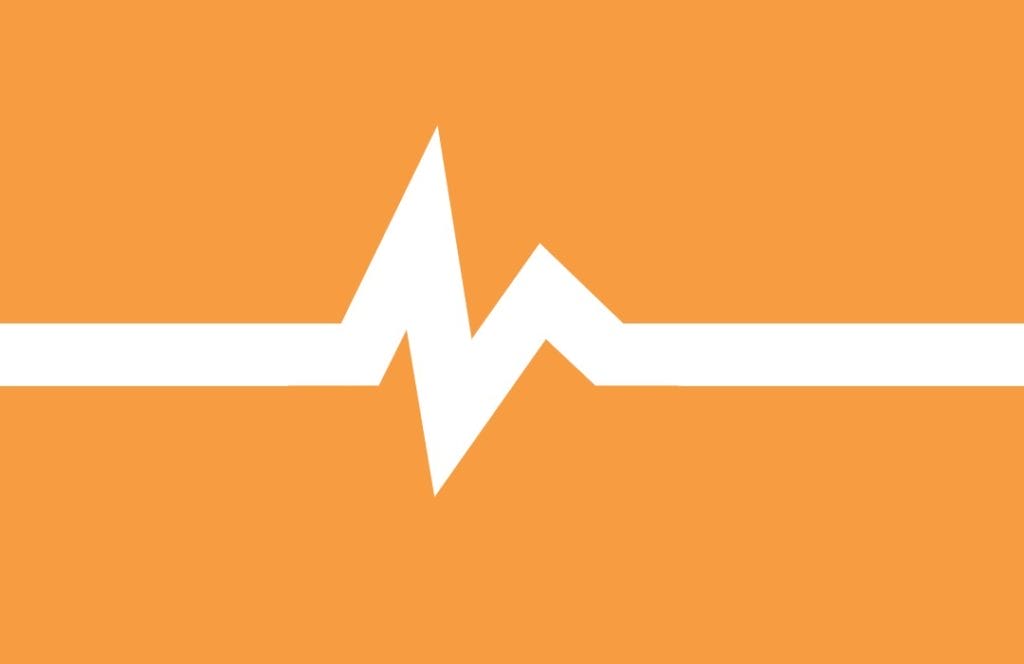When was the last time you listened to a piece of music with your eyes closed?
Blocking out distractions and inviting no other mediums to crowd your senses, putting on your favourite record, sitting comfortably somewhere quiet, closing your eyes, and just listening…
Like most people, you probably can’t remember the last time you did this.
For many, consumption of music is either an accompaniment to visual media, or a soundtrack we play in the background while we multi-task.
The Art of Listening
Most of the time, we are doing what is called passive listening: music is secondary to whatever activity we are primarily engaged in. Seldom do we engage in listening as the primary activity. This sort of listening is intensive and active – the kind of listening that pays off in learning and understanding music.
 Active listening in music is similar to active listening in conversation. Hearing doesn’t guarantee listening; we have to put some effort in! Active listening in both music and conversation requires undivided attention, reflection, reinforcing the message by repetition, and in some cases, deferring judgement until the piece is over.
Active listening in music is similar to active listening in conversation. Hearing doesn’t guarantee listening; we have to put some effort in! Active listening in both music and conversation requires undivided attention, reflection, reinforcing the message by repetition, and in some cases, deferring judgement until the piece is over.
Active listening can be a doorway to a deeper musical understanding, as it focuses our mind on aspects we often wouldn’t otherwise notice. It also helps with the skill of learning to play music by ear, a term that simply means actively listening and translating what you’ve observed onto your instrument.
Listening in Layers
The first step is to get your musical “ear” prepared (prepeared?) for more intensive listening. To do that, we can carry out a few simple activities to get our ears and mind working together! The key here is listening in layers. We listen to the song multiple times, and each listen uncovers a new layer to draw our focus to.
The Set Up
The first thing you need to think about is readying your environment.
It won’t help you to be bombarded by outside noises and movement, so find somewhere quiet and comfortable – but not too comfortable! To complete this exercise you’ll need to be relatively still for 15-20 minutes, so sit upright rather than reclined to avoid falling asleep!
Playback Method
 Your playback method can make listening easier or harder for you. The better quality stereo or headphones you can afford, the clearer you will hear different aspects of the music.
Your playback method can make listening easier or harder for you. The better quality stereo or headphones you can afford, the clearer you will hear different aspects of the music.
As audio engineer Kane from Musicians Map puts it, “If all you have are the headphones that came with your device, or the stereo your mum got you for Christmas when you were 12, then so be it. It’s still better than a smartphone speaker.”
Avoid bothering your neighbours and housemates: have your headphones or a stereo at moderate volume and behind closed doors. Full volume is not necessary to listen carefully and it’s important not to feel self-conscious. Being mindful of others gives you the freedom to focus fully on your listening.
Ready, Set… Listen!
Now that your environment is ready, we’re going to listen through a song five times, focussing on a new layer with each listen, so choose something roughly three minutes in length and get ready!
Listen #1: Mindfulness
Once you’ve chosen a song, it’s time for your first attempt at active listening, but don’t dive straight in just yet! There are a few things you’re going to pay attention to.
The mindfulness adage “be present in the moment” is appropriate in this context.
As you listen, close your eyes and allow yourself to be open to how your body and mind react to the music. Be free with your body movement, mirroring outwardly how it makes you feel and take notice of how the feeling changes at each new point in the song. Think:
- How does the song make me feel to begin with?
- When does this feeling first change?
- Do I want to dance/cry/smile?
- What memories does this song stir up?
This phase is called affective listening – you guessed it, it’s about focusing on how the music affects us.
EXTRA TIP: What is the first thing you hear and naturally focus on? Take stock of this because in your subsequent listens you’ll need to fight your natural urge to focus on this aspect in order to explore others!
Listen #2: Deconstruction
On the second listen, we’re focussing on two things at once because we don’t want to be here all day! Those two things are instrumentation and form.
 As you listen through the song, take note of the different instruments that are playing. Try to focus on each instrument individually and hear what is happening:
As you listen through the song, take note of the different instruments that are playing. Try to focus on each instrument individually and hear what is happening:
- Do the instruments come and go throughout?
- Do some instruments feature predominantly in one section and less in another?
- Which instruments are playing actively and which less so?
- Try to visualise each of the instruments being played in a band or orchestra
Now, I’ll contrast my earlier statement about closing your eyes to truly listen – sometimes this particular exercise can be assisted by watching a video of a live band playing the song. As the camera changes to a different instrumentalist, focus your ears on what it’s playing.
In this listen, you should also think about the form of the song:
- How many different sections do you notice?
- Is there repetition of sections?
- Does it follow a normal verse/chorus/verse/chorus/bridge/chorus structure, or are there some unique surprises?
Now you have an idea of the structure and tools that were used to build the song. Let’s look at the substance of the music:
Listen #3: Meet the Melody
After listening to the song twice you’ve probably noticed the melody in the chorus and can roughly hum the tune. This means it’s a good song. Any song worth its salt will have a catchy chorus or refrain, and two listens is enough time for that to turn into a proper earworm.
In this listen, we’re going deeper than earworm status. Here, you are going to focus on the melody throughout and purposefully recognise its characteristics and movement. Think about the following:
- How does the melody enter the song – boldly and soaring at heights, demure and delicate movements, or somewhere in between?
- Does it move around through a broad range or does it mostly hang around one note?
- Does it mostly go upward, downward or all over the place?
- Does it move in small steps or great leaps?
These questions should be repeatedly asked at each new section in the song. We are dealing with a fair amount of detail at this point: if you intend to learn the song by ear, it’s a good idea to make a note of these observations from here on.
Before we move on to rhythm and harmony, let’s take closer look at the practical uses of active listening skills:
Why learn active listening?
 Active listening is the first step to really playing by ear.
Active listening is the first step to really playing by ear.
Imagine putting an end to:
- Being overwhelmed with theory & learning to read sheet music,
- Trawling endless YouTube tutorials that teach you the song but not the skill,
- Spending thousands of dollars and many years attending private lessons… and still not playing the music you really want to play.
Songs By Ear is the quick, easy, fun way to get started teaching yourself piano songs by ear.
Listen #4: Feel the Rhythm
The tempo and rhythm of a song can take it from ballad to R&B to EDM and back again. This sort of turnover of rhythmic pace is not uncommon in today’s pop songs specially crafted to hold your attention.
Whatever song you are listening to, the rhythm is integral to the overall feel. It’s important to listen and make observations of how the song’s feel has been achieved through its rhythm (or lack thereof). Here are some questions you can ask yourself:
 Does it have a slow, medium, or fast tempo?
Does it have a slow, medium, or fast tempo?- How many beats to a bar does the rhythm divide into?
- Is there a steady pulse on each beat, or does it go off-beat as well?
- Can you hear the bass drum “kick”? If so, on which beats?
- Where does the sharp sound (snare or clap) come in?
- Is the pulse constant and steady, or does it pull back in certain sections?
- Are the drums electronic or acoustic?
- Are the drums a main feature of the song (they sound loud or forward in the mix) or less of a focus?
Listen #5: Living in Harmony
Now that we have an idea of the melody and the rhythm of the song, we can start to look at the harmony. However, once we come to analysing the harmony, we are getting into an area where we need some extra skills to define what we hear. This is where knowledge of your instrument, music theory, and your ear training all start to come in.
This is less “prepearation” and more the skill of learning by ear, which we’re not into just yet. There are, however, some initial questions about harmony and melody that we can ask before we go down that road.
When we think about harmony in relation to rhythm, we can make observations that will help us on our learning-by-ear journey:
- Do the chords linger or do they change frequently?
- Does the duration of the chords differ throughout each section?
- Where are they held for longer or shorter?
- Do the chords change on the beat or off?
- Is the melody generally on the beat, or is it more syncopated?
- Does this change throughout?
Extra Tips for Active Listening
Now that you’re acquainted with the method of listening in layers, try it out on one of your favourite tunes! Here are some additional tips to make the most out of your time spent on active listening:
Less is More
Spending time actively listening to your whole music library may be a tad unrealistic! Instead, focus your attention on a select few artists, albums, or songs that you love. Practise active listening with that music and you’ll find an even deeper appreciation for it.
See Live Music
Going to a live concert, or watching a video of one, helps us gain a sense of what each instrument brings to the song and when. Linking the visual source of the sound to what we hear helps us to listen more effectively. In this context, the eyes assist the ears, rather than distract them.
Silence To Help You Listen
Our days are filled with noise and invasive sounds coming from all directions. To combat this we need to give ourselves a break! Make sure that each day you have periods of total quiet. Balancing this discipline with active listening improves the ability to turn our ears on and off at will.
What An Earful!
You’ve listened to the song five times and have a good idea of how the song has been constructed, what it’s made of, and how it makes you feel. With this overall understanding of the song, you are perfectly positioned to begin translating from inner-hearing (what your mind hears) to your instrument.
The next step in learning songs by ear is to build a knowledge of your instrument, music theory, and ear training skills to apply with a systematic workflow. You will be unstoppable! And if your interest is in learning songs by ear on the piano, I can help you with that!
For now though, focus on completing this activity for a number of different songs. Eventually your ears will be off-the-couch, prepeared, and in gear!
Active listening will serve you in numerous ways beyond helping you gain a deeper musical understanding of your favourite tunes – it’s also one of the most important skills for helping you succeed in ear training. So find yourself a quiet place, put on that song, open your ears, and let the music in!
The post Getting Your Ear Into Gear appeared first on Musical U.
